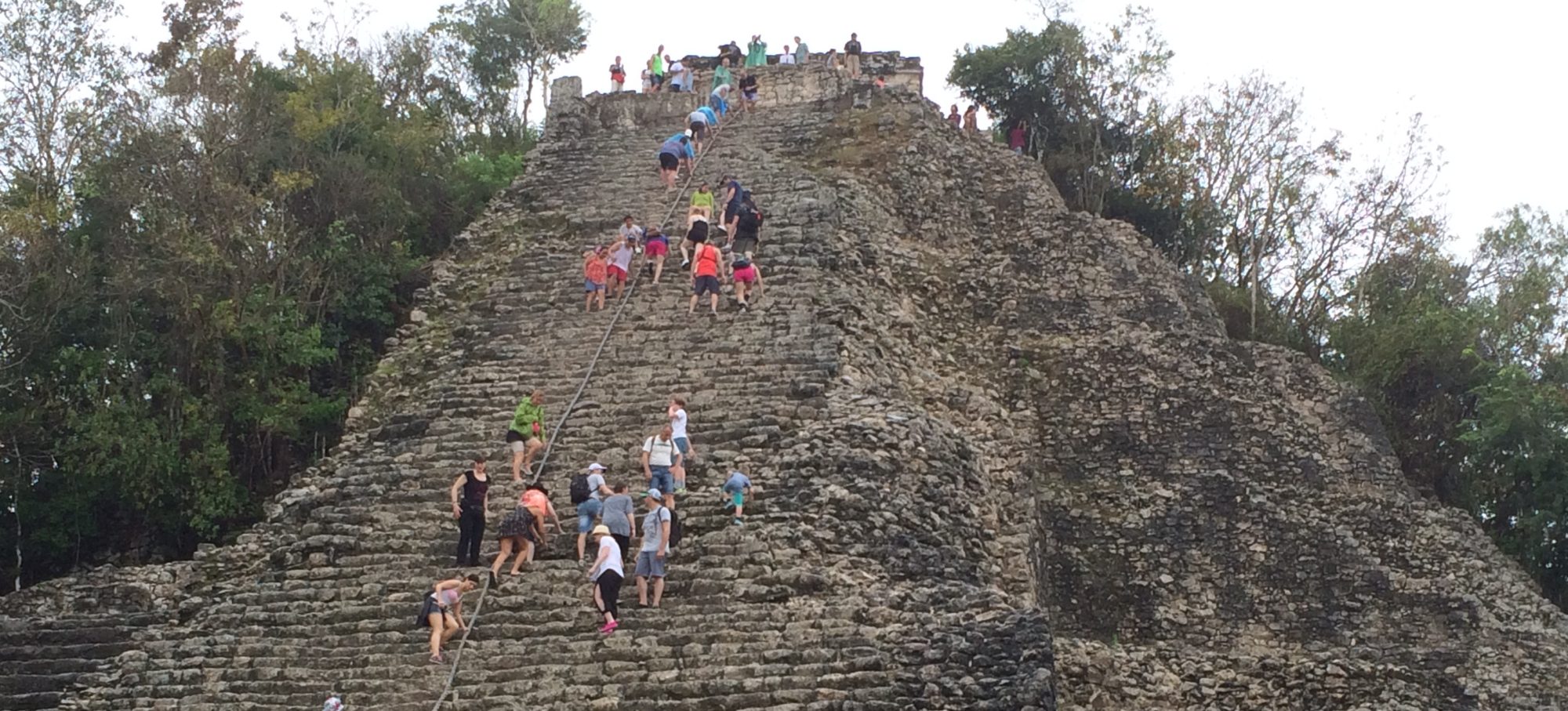February 13, 2021 John Hoopes, professor of anthropology at the University of Kansas: “The American Mediterranean: Evaluating the Pre-Hispanic “Hinterlands” of the Isthmo-Colombian Area and Its Neighbors.”
The Caribbean Sea, its surrounding territories, and the people who occupied this space can be viewed a kind of “American Mediterranean,” a context in which communication and interaction via both water and land occurred over millennia. Just as the Classical world of the Mediterranean had its “barbarian hinterlands”, so did the peoples of Mesoamerica and the Central Andes interact with their neighbors in the Isthmo-Colombian Area, a territory that, although never occupied by pre-Hispanic states, nonetheless played a key role in ongoing dynamics of interaction and culture change. As with the ancient Mediterranean, a traditional focus on state societies has favored perspectives in which cultures of Mesoamerica and the Andes have received research priority over the peoples of this critical “center of the Americas,” one whose peoples interacted with those of these other areas as well as with the Antilles and Amazonia. Dr. Hoopes’ presentation provided an overview of current issues in the art and archaeology of the Isthmo-Colombian Area, the region between eastern Honduras and northern Colombia that was occupied primarily by speakers of languages in the Chibchan family at the time of European contact. Long regarded as a marginal periphery and “intermediate” bridge influenced by external forces, the cultures of the Isthmo-Colombian Area are now considered to have their own ancient, autochthonous, and distinctive characteristics.
John W. Hoopes is a professor in the Department of Anthropology at the University of Kansas. In 2017 he served as the Greenleaf Distinguished Chair of Latin American Studies and Vising Professor at Tulane University. Dr Hoopes received a BA in Archaeology from Yale University in 1980 and a PHD in Anthropology from Harvard in 1987.
He is the co-editor (with the late Colin McEwan) of two forthcoming books: Pre-Columbian Art from Central America and Colombia at Dumbarton Oaks, Pre-Columbian Art at Dumbarton Oaks and Pre-Columbian Central America, Colombia, and Ecuador: Toward an Integrated Approach, to be published this year by the Dumbarton Oaks Research Library and Collections in Washington, DC.

